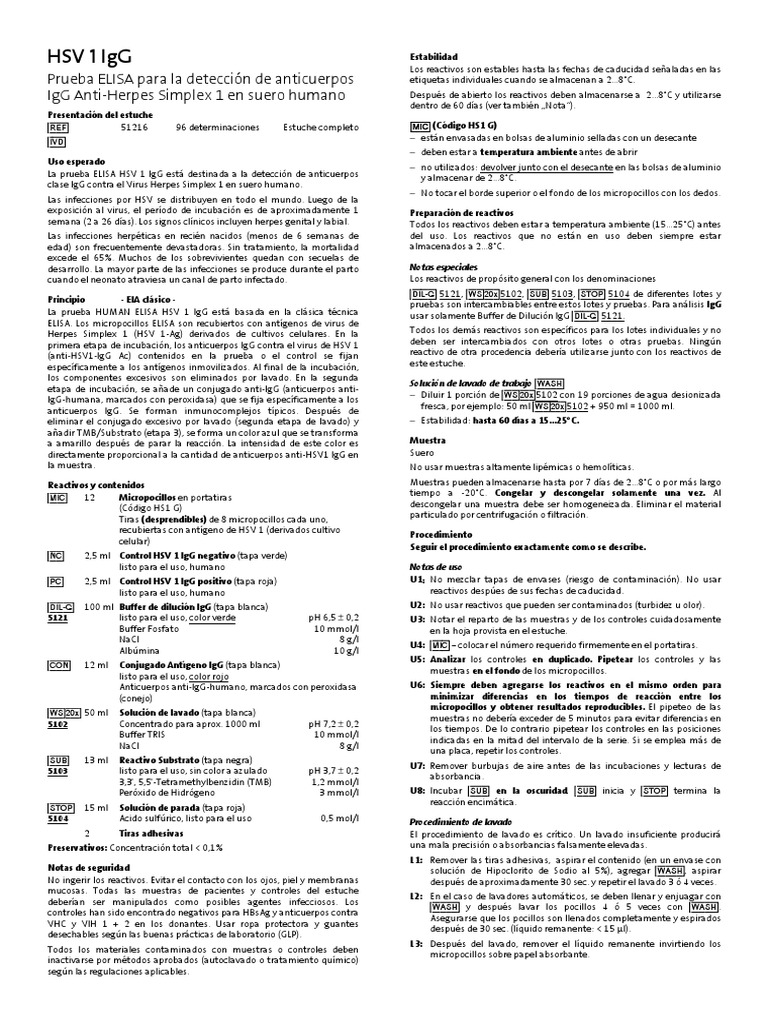Swelling After Extraction: Fast Recovery Tips
Swelling after tooth extraction is a common and usually temporary complication that can cause discomfort and anxiety for many patients. Understanding the reasons behind this swelling and knowing how to manage it can significantly improve the recovery process. This article aims to provide comprehensive guidance on reducing swelling after tooth extraction, enhancing your recovery experience.
Why Does Swelling Occur After Tooth Extraction?
Swelling is the body’s natural response to trauma, including surgical procedures like tooth extraction. When a tooth is removed, the surrounding tissues are inevitably damaged, leading to inflammation. This inflammation is characterized by increased blood flow to the affected area, which can cause swelling. The severity of swelling can vary depending on the complexity of the extraction procedure, the patient’s overall health, and how well they follow post-operative instructions.
Understanding the Healing Process
The healing process after tooth extraction involves several phases, starting with inflammation, followed by the proliferation phase where new tissue starts to form, and finally, the remodeling phase where the newly formed tissue is reorganized to resemble the original tissue as closely as possible. Swelling is most prominent during the initial inflammatory phase, which can last for a few days after the procedure.
Fast Recovery Tips to Reduce Swelling
While some degree of swelling is unavoidable, there are several strategies that can help minimize its severity and duration:
Cold Compress: Applying an ice pack or a cold, damp cloth to the affected area can help reduce swelling. The cold causes the blood vessels to constrict, reducing blood flow to the area and thus minimizing swelling. It’s recommended to apply the cold compress for 15-20 minutes at a time, with 30 minutes of rest in between, for the first 24 hours.
Elevate Your Head: When resting or sleeping, elevate your head with extra pillows to reduce blood flow to the extraction site, which can help decrease swelling.
Soft Food Diet: Stick to a soft food diet for a few days to avoid irritating the extraction site. Foods like yogurt, scrambled eggs, and mashed potatoes are good options. Avoid hot, spicy, or sharp foods that could irritate the wound.
Stay Hydrated: Drinking plenty of water helps keep you hydrated and aids in the healing process. Aim for at least eight glasses of water a day.
Salt Water Rinses: Rinsing your mouth with warm salt water several times a day can help reduce swelling and promote healing. Dissolve a teaspoon of salt in a cup of warm water and swish it around your mouth before spitting it out.
Rest: Avoid strenuous activities for the first 24 hours after extraction. Resting can help your body devote its energy to the healing process.
Medication: Follow your dentist’s advice regarding pain relievers and anti-inflammatory medications. These can help manage pain and reduce swelling.
When to Seek Medical Attention
While swelling is a common reaction to tooth extraction, there are instances where it could indicate a complication. If you experience any of the following, you should seek medical attention:
- Excessive Swelling: If the swelling is severe and interferes with your ability to swallow, breathe, or see.
- Increased Pain: If the pain worsens over time or is not manageable with prescribed medication.
- Fever: A high fever could be a sign of infection.
- Pus or Discharge: The presence of pus or an unusual discharge from the extraction site could indicate an infection.
- Bleeding: If bleeding is heavy, doesn’t stop after applying pressure for 20 minutes, or restarts after it has stopped.
Conclusion
Swelling after tooth extraction is a normal part of the healing process, but it can be managed and minimized with the right strategies. By understanding why swelling occurs, following post-operative instructions, and employing tips to reduce swelling, you can enhance your recovery experience. Remember, if you have concerns about your recovery or experience symptoms that seem unusual or severe, don’t hesitate to reach out to your dental care provider for guidance and support.
FAQ Section
How long does swelling last after tooth extraction?
+Swelling after tooth extraction typically lasts for 2-3 days, peaking around 24-48 hours after the procedure. However, it can vary from person to person and depends on the complexity of the extraction.
Can I use heat to reduce swelling after tooth extraction?
+No, heat should not be used in the first 24 hours after tooth extraction as it can increase blood flow to the area and potentially increase swelling. After the first 24 hours, warm compresses can be used to aid in the healing process and relax the tissues.
How can I manage pain and swelling after tooth extraction?
+Pain and swelling after tooth extraction can be managed by following your dentist's instructions, including taking prescribed medications, applying cold compresses, eating a soft food diet, and getting plenty of rest. It's also crucial to maintain good oral hygiene to prevent infection.
What are the signs of a dry socket, and how does it relate to swelling?
+A dry socket is a complication that can occur after tooth extraction, characterized by a dull, aching pain and the absence of a blood clot in the socket. Swelling is not typically a primary symptom of a dry socket, but pain and discomfort can increase, potentially leading to secondary swelling due to inflammation.
By following these guidelines and maintaining open communication with your dentist, you can navigate the recovery process with minimal discomfort and achieve a speedy recovery.



